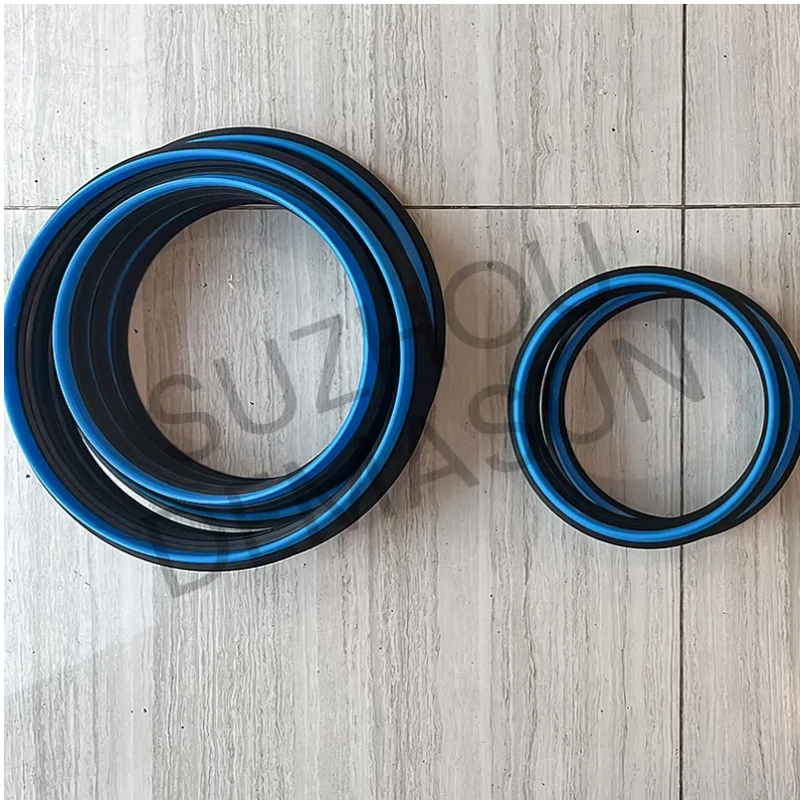- All
- Product Name
- Product Keyword
- Product Model
- Product Summary
- Product Description
- Multi Field Search
Please Choose Your Language
Views: 0 Author: Site Editor Publish Time: 2025-08-12 Origin: Site










Sustainable infrastructure development has become a global priority as governments, industries, and communities seek solutions that reduce environmental impact while maintaining performance and cost-effectiveness. Pipe manufacturing, a crucial component of water supply, gas distribution, and industrial networks, is no exception. The OPVC Pipe Production Line stands out as an innovative and green manufacturing technology, aligning perfectly with the increasing demand for environmentally responsible products.
This article delves into the environmental and sustainability advantages offered by PVC-O pipe extrusion technology. From raw material savings and energy efficiency during manufacturing to extended product lifespan and reduced operational footprints, PVC-O pipes produced via advanced extrusion lines present a compelling case for green infrastructure investments.
One of the most significant sustainability benefits of the PVC-O Pipe Extrusion Line lies in its ability to reduce raw material consumption. PVC-O pipes are manufactured using an orientation process that strengthens the pipe without requiring thick walls. As a result, compared to traditional PVC-U pipes, PVC-O pipes can achieve comparable or superior mechanical performance with nearly half the amount of raw material.
According to technical reports from Rollepaal and Oriplast, this reduction translates directly into conserving polymer resources and decreasing the demand for energy-intensive resin production. Using 50% less material per meter of pipe not only cuts costs but also significantly lessens environmental strain associated with plastic manufacturing.
This raw material reduction also means less transportation weight and volume during supply chain logistics, further lowering carbon emissions tied to shipping and handling.
Long-term durability plays a key role in sustainability. This longevity means fewer replacements, less maintenance, and reduced resource use over the pipe system’s operational lifespan.
Moreover, at the end of their life cycle, PVC-O pipes can be fully recycled. Companies such as Rollepaal have demonstrated that PVC-O materials retain their quality and can be reprocessed into new products, closing the materials loop and minimizing landfill waste.
Recyclability is a critical factor in circular economy strategies and environmental certifications. Reusing PVC-O materials reduces the need for virgin polymer production and diverts plastic waste from the environment. This feature makes PVC-O pipes an attractive choice for environmentally conscious municipalities and industries.
Additionally, the manufacturing process produces less scrap material due to the efficient extrusion and orientation techniques, lowering industrial waste further.

The internal surface characteristics of pipes directly influence energy consumption during fluid transport. PVC-O pipes, manufactured through the PVC-O Pipe Extrusion Line, feature exceptionally smooth internal walls that reduce friction losses.
Rollepaal and Vynova emphasize that this smoothness decreases the energy required for pumping fluids, thus lowering operational carbon footprints for water and gas distribution networks. Additionally, reduced turbulence minimizes pressure drops and water loss, contributing to resource conservation.
A major environmental benefit of PVC-O pipes is their excellent resistance to leakage. The integrated socket design and enhanced material strength achieved through orientation reduce joint failures and pipe fractures.
This zero-leakage characteristic is critical for preventing contamination of soil and groundwater resources, especially in drinking water and sensitive industrial applications. By minimizing leak risks, PVC-O pipes safeguard ecosystems and public health, aligning with stringent environmental regulations.
Sustainability in pipe manufacturing is also reinforced by compliance with international standards. PVC-O pipes produced on modern OPVC Pipe Production Lines meet or exceed requirements set by ISO, AWWA, ASTM, and other bodies.
These standards endorse the use of thinner pipe walls and lower safety factors due to the superior mechanical properties of PVC-O, enabling material savings without compromising safety or performance.
Alignment with these standards not only assures product quality but also promotes sustainable practices industry-wide, encouraging broader adoption of eco-friendly piping solutions.
Standard compliance simplifies project approvals and certification processes, enabling faster implementation of green infrastructure projects and improving confidence among stakeholders.
The adoption of OPVC Pipe Production Line technology also supports broader environmental goals. For instance, PVC-O pipes’ lighter weight reduces transportation fuel consumption and lowers carbon footprints during distribution.
Furthermore, by facilitating trenchless and non-excavation construction methods, PVC-O pipes help minimize site disturbance, reduce soil erosion, and lower construction-related emissions. These techniques are particularly valuable in urban environments where minimizing disruption is crucial.
As environmental regulations tighten worldwide, early adoption of eco-friendly production lines positions companies as industry leaders prepared for future compliance requirements and market preferences.
The OPVC Pipe Production Line represents more than just a technological advancement—it embodies a commitment to sustainable manufacturing and environmental stewardship. By reducing raw material use, lowering energy consumption, extending product life, supporting recycling efforts, and aligning with international standards, PVC-O pipe extrusion technology provides a green alternative to traditional piping systems.
Manufacturers and investors seeking to contribute to sustainable infrastructure should carefully consider the environmental benefits of adopting PVC-O extrusion lines. Contact us today to explore detailed specifications and discover how this innovative technology can align with your environmental and business goals.